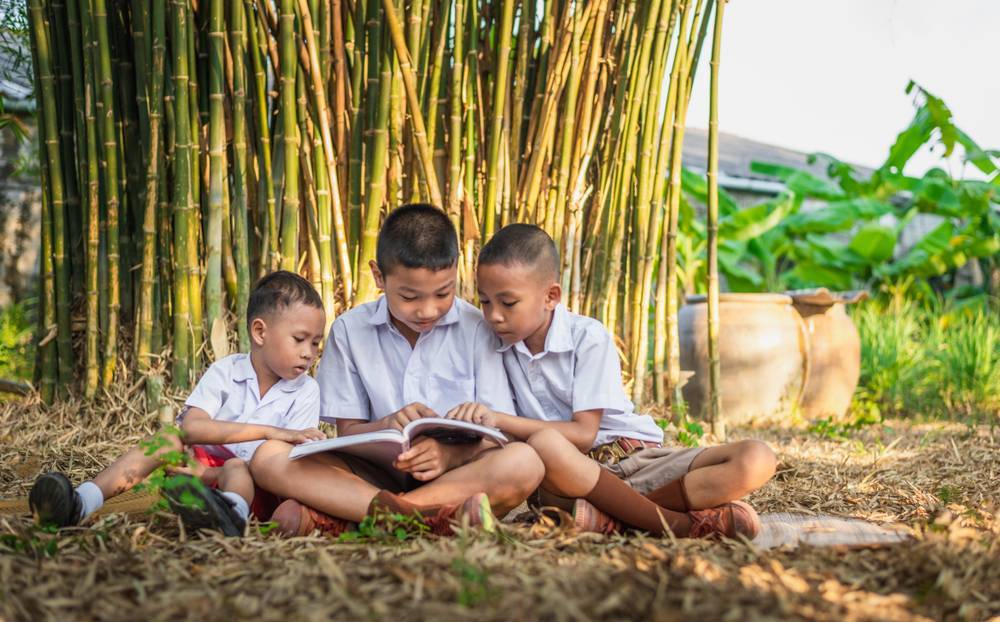Children in Thailand are at high risk from climate change, according to a report released by UNICEF. Extreme heat, floods, and droughts are the primary climate hazards affecting children in Thailand. These hazards can cause water contamination, spread diseases, and food insecurity.
The study, which is the first of its kind in Thailand, examines the impact of climate change specifically on children across provinces, incomes, disabilities, and ages. It finds that children in Ubon Ratchathani, Nakhon Rachasima, Sri Saket, Nakhon Srithammarat, and Narathiwat face the highest risks of all.
The climate crisis and environmental degradation are disproportionately affecting the most vulnerable groups. Most especially, low-income families, rural areas, children with disabilities, and migrant children are suffering the worst and compounding consequences. Over 75 per cent of children under 18 in Thailand (10.3 million) were exposed to high heatwave frequency in 2020, and almost every child in the country will suffer high heatwaves more often and for longer by 2050 unless serious action is taken.
Climate Change and Impact on Health
Floods, droughts, and high temperatures are the main climate hazards that impact children in Thailand. These lead to water contamination, disease outbreaks, and food scarcity. These hazards are dangerous to the health, growth, and welfare of children, who are at higher risk than adults due to their less mature immune and nervous systems and reliance on adults for protection and care.
Impact on Children’s Health
Climate hazards threaten the health, development, and well-being of children. They are more vulnerable to climate disasters than adults due to their less developed immune and nervous systems. They also depend on adults for their safety and well-being. The report highlights that climate change and environmental degradation increase children’s vulnerability to diseases and disrupt their access to education, essential services, and food supplies. Consequently, this can lead to illnesses, malnutrition, stress, anxiety, and even death, creating lifelong damage to children’s development.
“These climate and environmental hazards increase children’s vulnerability diseases and disrupts their access to education, essential services and food supplies. This can lead to illnesses, malnutrition, stress, anxiety and even death, and creates lifelong damage to children’s development and well-being. In other words, it robs them of their future. And yet, this crucial child rights issue is not getting the attention or the action it deserves”, stated Kyungsun Kim, Unicef Representative for Thailand.
Recommendations
Therefore, the study recommends actions to mitigate the impact of climate change and environmental degradation on children in Thailand:
- Ensure that climate change policies are child-sensitive and take into account the needs of children and young people.
- Promote awareness, knowledge, and skills related to climate change and protecting the environment among children, including out-of-school children.
- Strengthen climate resilience in high-risk communities. Do so by equipping them with knowledge and skills to adapt to climate change and provide an effective and timely early warning system.
- Create platforms where children and young people can participate. Let them exchange ideas on how to prevent and respond to climate change and protect the environment in their communities.
The report calls on everyone from every part of society to take climate action for the young generation today and a better planet tomorrow.

